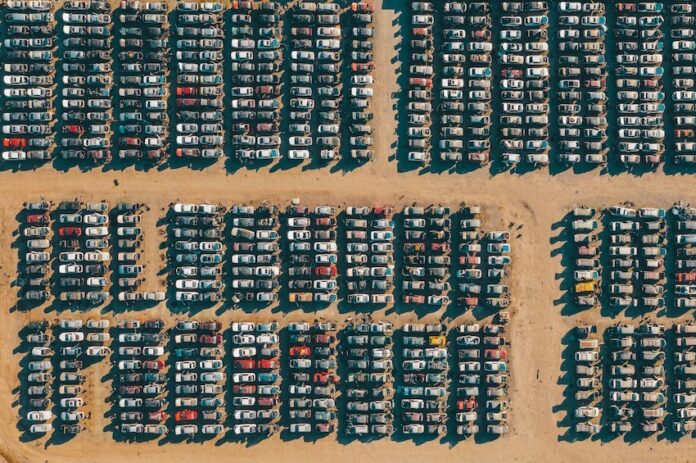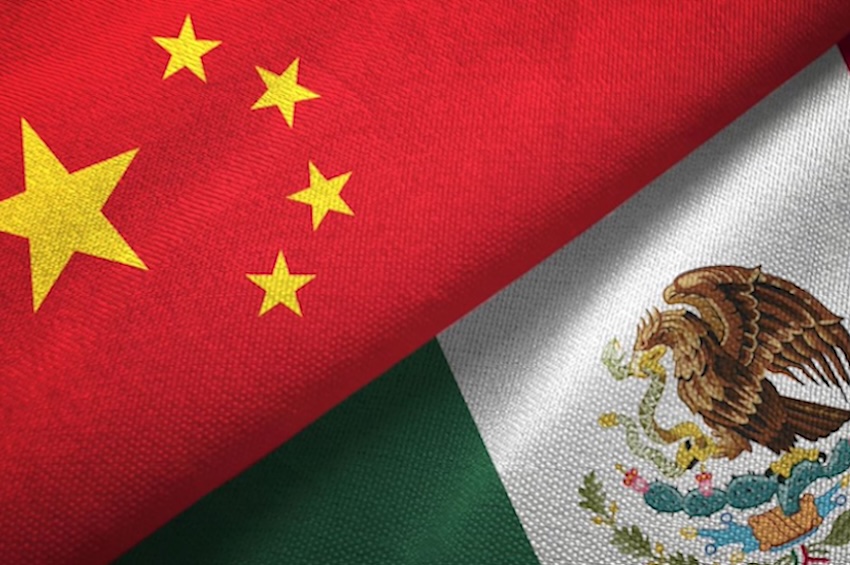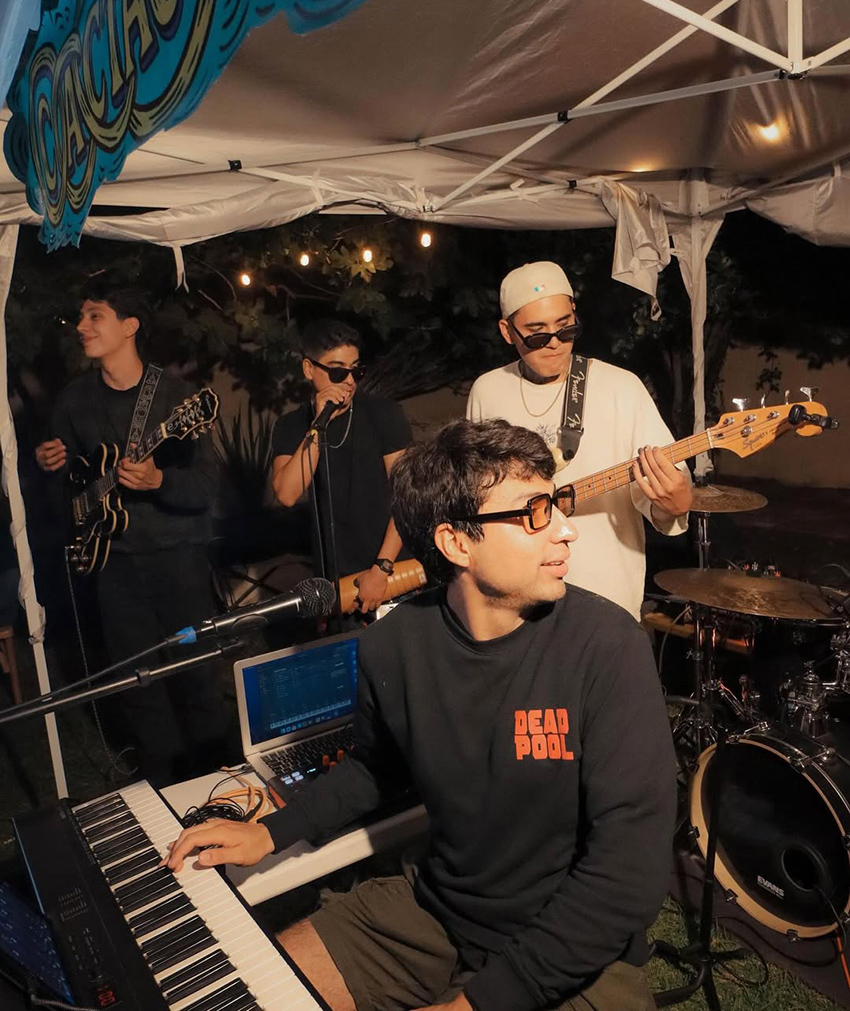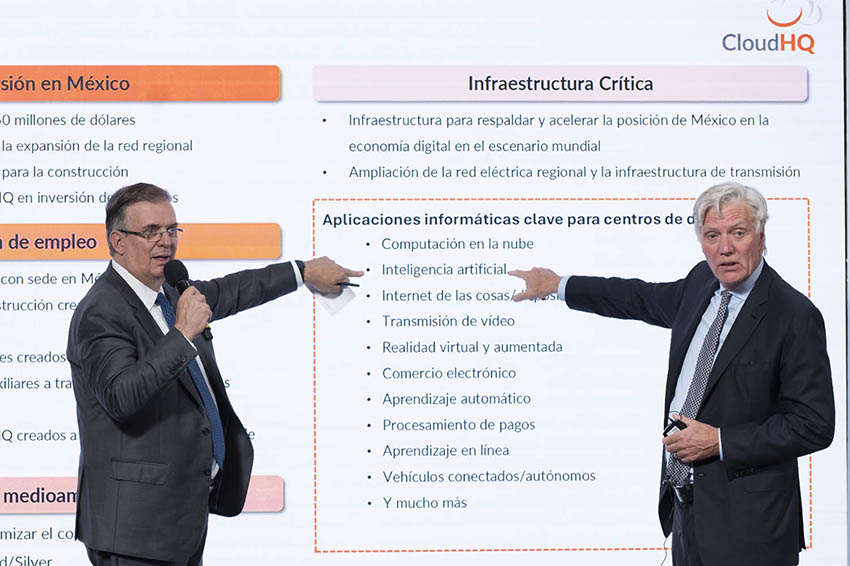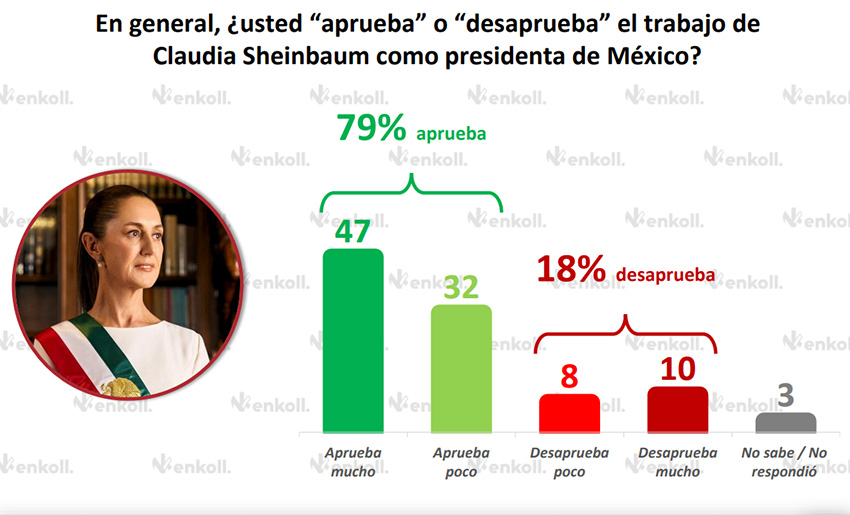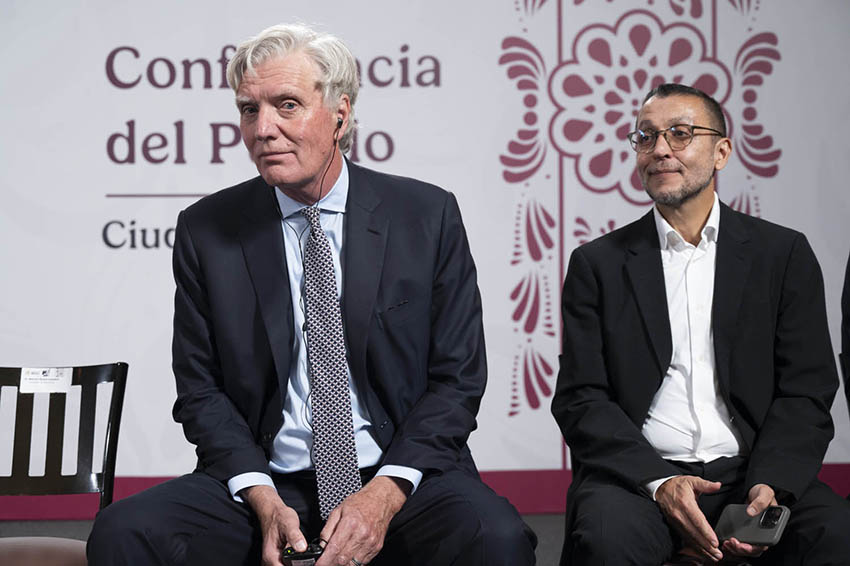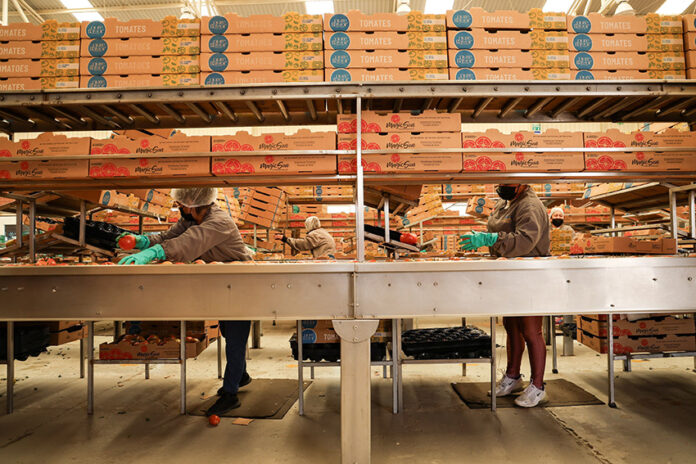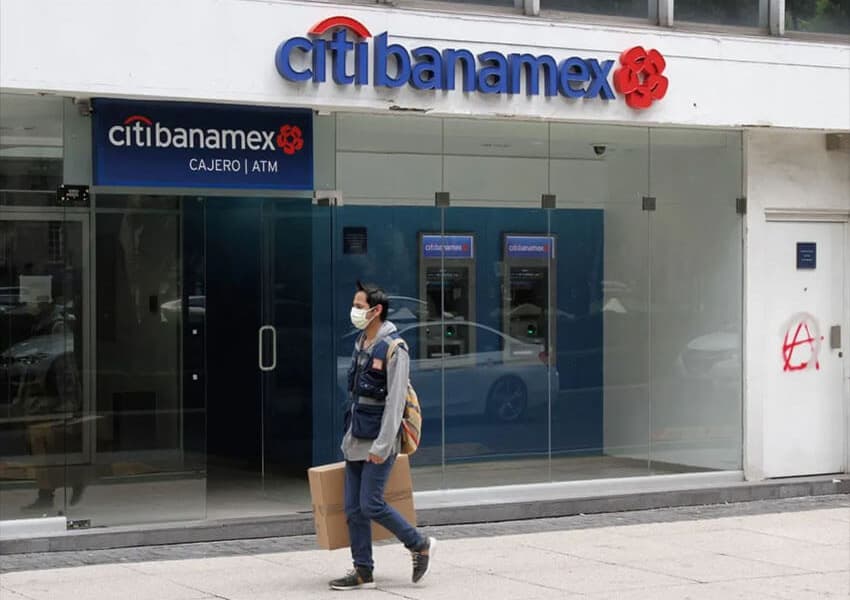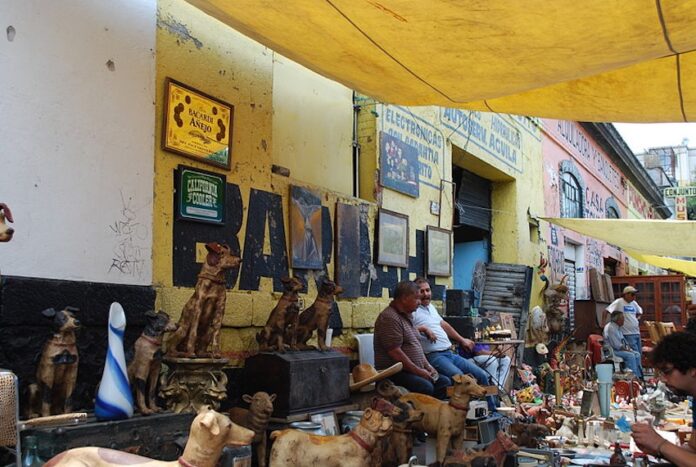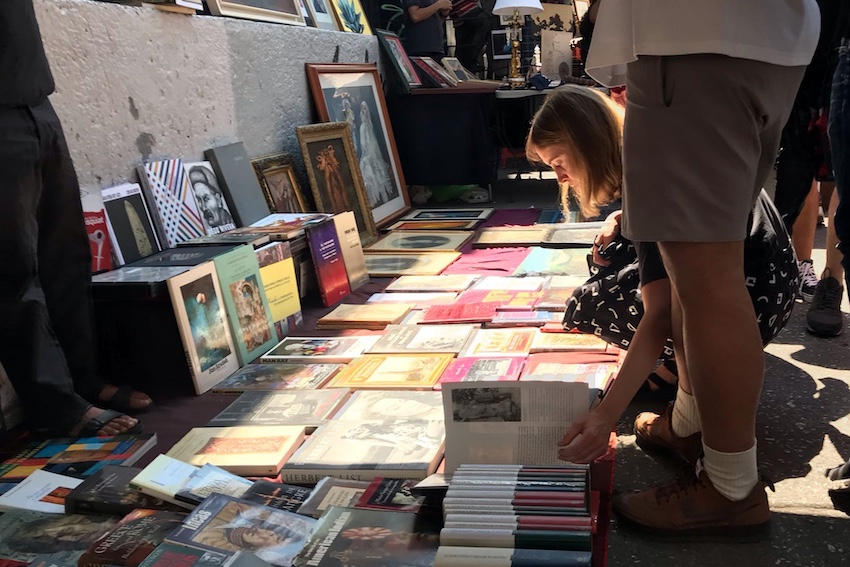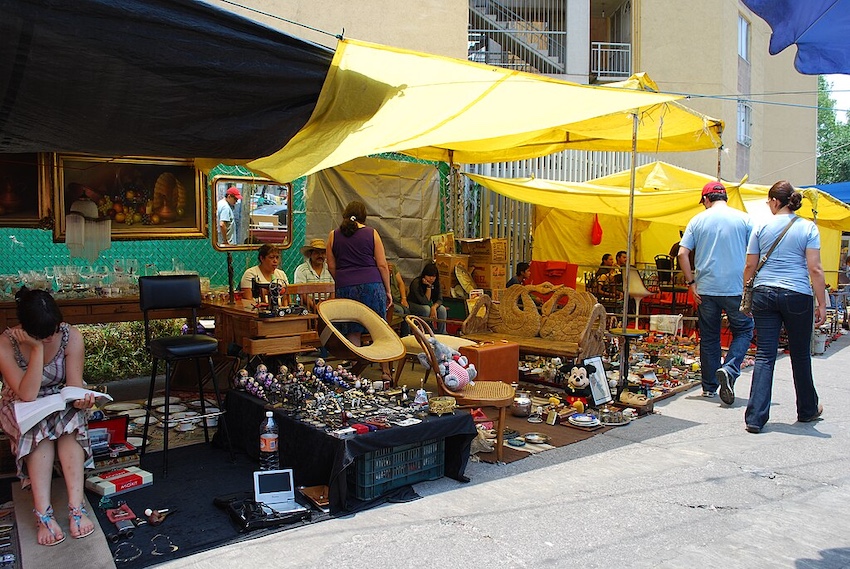Anyone living in a city that cradles millions of people can relate. One day, you’re having coffee at your favorite panaderia, face in the sun, heart full of joy. “I love living here,” you think to yourself. The next day, you’re back at that panaderia, feeling inexplicably agitated, and someone bumps into you. You burst into tears.
No, it’s not your hormones.

It’s Mexico City.
Mexico City is equal parts intoxicating and overwhelming. The gridlock traffic. The constant construction. The lingering smog. The throngs of people, glued to their phones, utterly unaware of their place in space. I love this city so much — until I don’t. And then I need to leave immediately. To where? I don’t care. A place with fresh air and natural landscapes. A pueblo with cobblestone streets and one central plaza with live music and a flower market. Another city will do, so long as it’s relatively calm and easy to navigate.
When I first moved to the buzzing capital three years ago, I started a list on a digital notepad entitled “Places to explore near Mexico City.” It has since been renamed: “Places to escape from Mexico City — quickly.” In other words, nearby getaways to rebalance my mind, reset my soul and leave me feeling fresh so I can return with excitement to the city that I call home.
Criteria for the perfect quick escape from Mexico City
Several criteria must be fulfilled for a destination to make my list, especially if a weekend is all I have to spare. Here is a basic guide.
- Proximity: First, decide how much time you’re willing to invest to arrive. Typically, I do not like to spend more than three hours in a vehicle of any kind if I’m going for a weekend getaway, though I’ll stretch it to three-and-a-half for a town like Taxco.
- Transportation: Next, identify if you’re open to flying, driving, or taking the bus. Personally, I only take a flight if I see an extremely convenient option of an hour or less. Otherwise, I opt for the bus or a rental car.
- Activities: Close your eyes and imagine yourself leaving the city. Where do you land? Usually, the first image to come to mind is what you’re after. Are you on a beach? Hiking a mountain? Practicing yoga? Reading by a pool? My instinct has never failed me, and I often use it when deciding where I want to go.
- Affordability: Most destinations surrounding Mexico City satisfy any budget, though some (Malinalco) are pricier than others (Las Estacas).
There are times when the guide doesn’t help. Where the criteria fail, a listicle goes a long way.
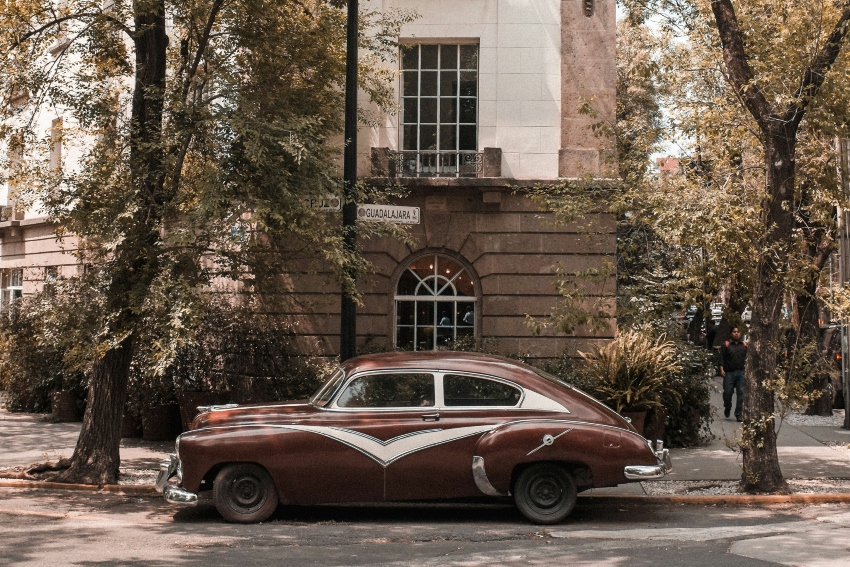
Top destinations for a CDMX weekend getaway
Six popular — but not too popular — destinations to escape the madness of Mexico City in three hours or less.
Tlalpan
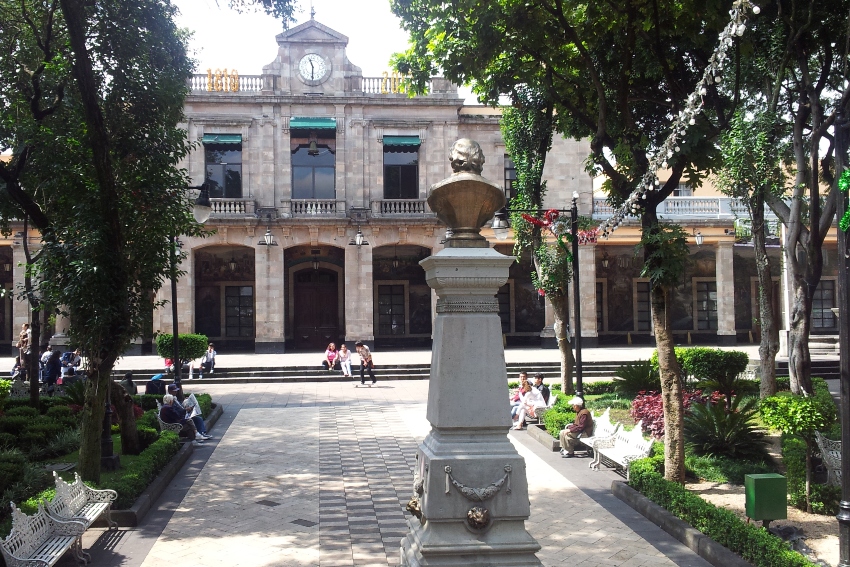
Okay, okay — technically, Tlalpan is Mexico City. At the same time, it’s so not. At one and a half hours in a car or on public transportation, Tlalpan is far enough from the center zone to feel like you’ve landed in a completely new place. The area is quite diverse; visitors can explore historical Centro I, home to the main square, a 500-year-old Parish of St. Agustin, and Mercado de la Paz, an impressive structure built under the Porfiriato. Museums include the Museum of Time and the Tlalpan History Museum. Art lovers should pop into Casa Frissac Cultural Center. Nature seekers can stroll through Fuentes Brotantes National Park, or drive 30 minutes to Parque Nacional Bosque de Tlalpan, a protected forest at the foothills of the Ajusco mountains.
Type of traveler: Culture explorer, nature lover
Best for: Solo, couples, families
How to get there: Car, Uber/Didi, or bus. RTP leaves from Cetram Taxqueña to Tlalpan every 5 minutes.
Malinalco

Malinalco is a charming Pueblo Mágico nestled in a lush valley that feels worlds away from Mexico City’s urban chaos. Things to do in Malinalco are varied, but the star attraction is the Cuauhtinchan Archaeological Zone, where an Aztec temple dedicated to eagle warriors was carved directly into living rock — a rare Mesoamerican gem. Beyond the archaeological wonders, visitors can wander cobblestone streets lined with colonial architecture and a 16th-century Augustinian monastery. In a way, it’s a quieter version of Tepoztlan, similarly an evolving wellness destination, yet featuring a distinctly more sophisticated air. Split time between the museums and galleries in town and the hiking and waterfalls just outside, or opt for a resetting yoga retreat – all just a two-hour drive from the capital.
Type of traveler: History buff, archaeology enthusiast, spiritual seeker
Best for: Couples, friends, solo
How to get there: Car or Flecha Roja bus from Terminal Poniente (Observatorio) to Chalma, local taxi or microbus to Malinalco
Tepoztlán
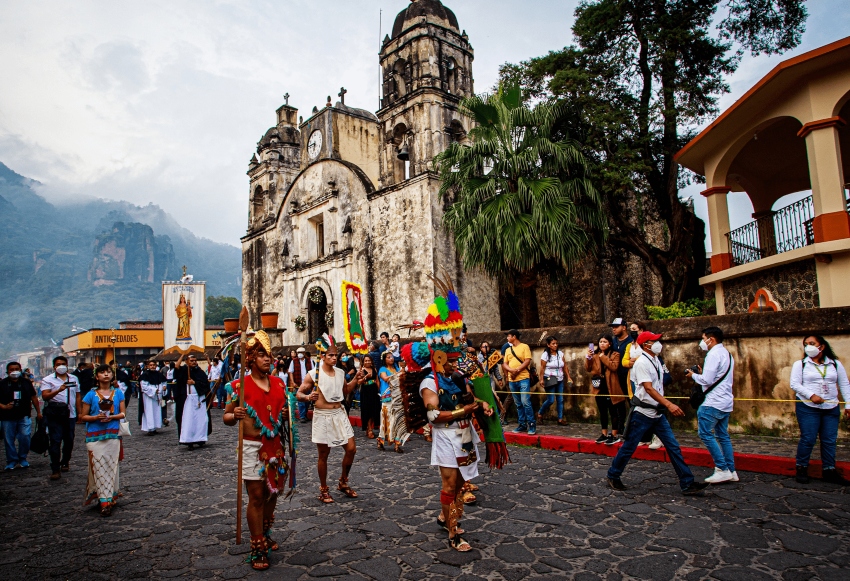
Tepoztlán, Mexico’s spiritual heart, might seem the most obvious weekend escape, but its convenience bears repeating. In just one hour (on a good day), you’ll find yourself at the base of the towering Tepozteco mountain, surrounded by indulgences: hiking to the mountaintop, eating your way through the bustling market, admiring Mon Laferte’s art gallery, cleansing your energy in a steamy temazcal. Many travelers to Tepoz, as it’s lovingly called, prefer to reserve a Tepoztlán luxury hotel with a spa and spend their weekend moving from pool to sauna to Michelin Guide-recommended restaurant, on repeat. And why not? Sometimes the most effective way to find your center is by doing almost nothing at all in a seriously beautiful place.
Type of traveler: Hiker, yogi, foodie
Best for: Friends, couples, solo
How to get there: Car, Pullman de Morelos bus from Taxqueña to Tepoztlán
Valle de Bravo

To live in Mexico City is to hear about your friends’ long weekends in Valle de Bravo and wonder when the heck you’re going to check it out. It’s an ideal escape from CDMX for the mountains, culture and abundance of outdoor activities. The historic center is a haven of cobblestone streets, a 17th-century church, vibrant markets and a variety of dining options that range from budget to fancy. Most city dwellers come for Lake Avandaro, Valle de Bravo’s spectacular centerpiece for sailing, kayaking, paddleboarding — even paragliding if you’re up for it. Encased by Monte Alto State Park, the outdoorsy type will have their fill of hiking or mountain biking adventures. A visit to Velo de Novia waterfall is also a draw. From November to March, Piedra Herrada Sanctuary showcases thousands of fluttering monarch butterflies.
Type of traveler: Watersports/outdoors, adventure
Best for: Friends, couples, families
How to get there: Car, Zumpango or Autovías bus from Terminal Poniente (Observatorio) to Valle de Bravo
Huasca de Ocampo
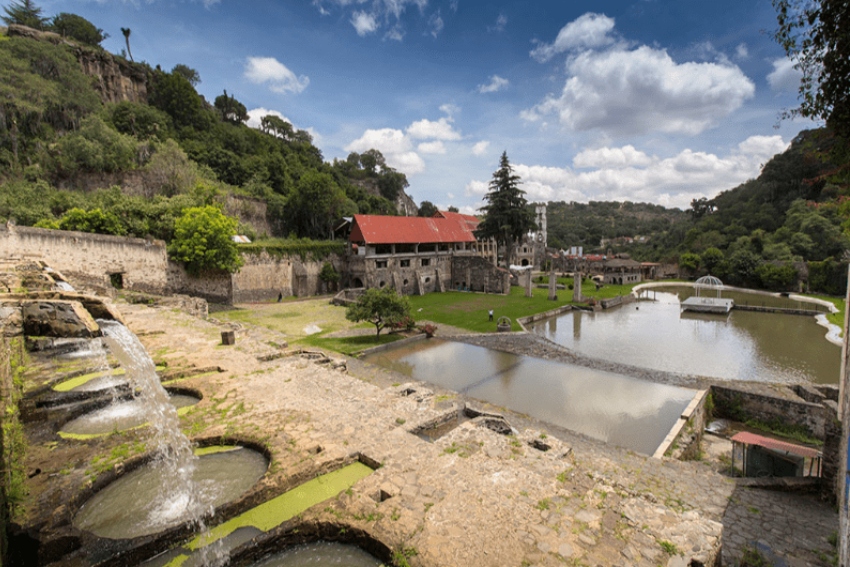
In 2001, Huasca de Ocampo in Hidalgo State was named Mexico’s first official Pueblo Mágico. Upon arrival, you’ll understand why. It’s one of the best natural escapes near Mexico City for an enchanting countryside with basaltic prism rock formations, verdant forests and centuries-old haciendas. Huasca boasts a vibrant historic center complemented by numerous outdoor activities. Haciendas abound: Santa María Regla, for example, is a day trip in itself, bursting with original stone archways and a chapel, and surrounded by a rocky cliff and waterfalls. Visit the Museo de los Duendes (Elf Museum), go fishing at Bosque de las Truchas trout park and take panoramic photos at Peña del Aire canyon. It should come as no surprise that trout is the specialty here, and the light fish is often featured in the traditional Mexican dishes at local restaurants and weekend markets.
Type of traveler: Nature-lover, romantic, rural retreat
Best for: Couples, families, photographers
How to get there: Car, tour van or ADO, Ovnibus, or Futura bus from Terminal Norte to Pachuca. From Pachuca, take a taxi or local bus to Huasca de Ocampo.
Las Estacas
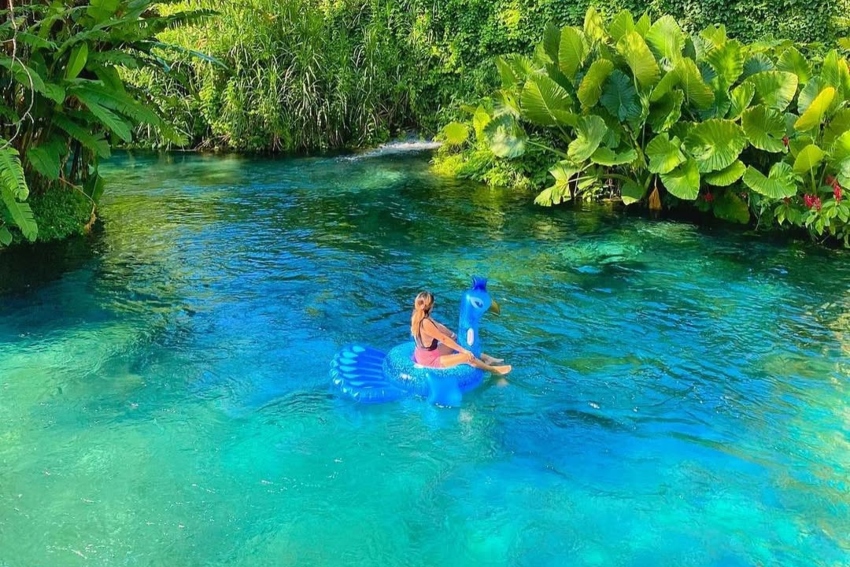
For a no-frills, waterlogged jaunt from the big city, Las Estacas fits the bill. The natural oasis is best known for a crystal-clear, spring-fed river with areas to swim, snorkel, and float. The setting is lush — you’re surrounded by tropical plants and wildlife — with plenty of spots to soak up the sun. Many visitors opt to stay overnight, and accommodations are limited to one hotel, two hostels and glamping/camping, through which you can register for ziplining, hiking and diving tours. Within the ecopark are several restaurants, and food is permitted as long as you don’t bring glass or styrofoam. Outdoor grills are first-come, first-serve basis. If the river starts to feel too chilly, the park features several heated pools. There aren’t a million things to do in Las Estacas beyond enjoying the river — and that’s the point.
Type of traveler: Swimmer, nature lover, budget traveler
Best for: Families, couples
How to get there: Car, Pullman de Morelos bus from Taxqueña to Zacatepec or Jojutla, then taxi or combi to Las Estacas
Bethany Platanella is a travel planner and lifestyle writer based in Mexico City. She lives for the dopamine hit that comes directly after booking a plane ticket, exploring local markets, practicing yoga and munching on fresh tortillas. Sign up to receive her Sunday Love Letters to your inbox, peruse her blog or follow her on Instagram.

